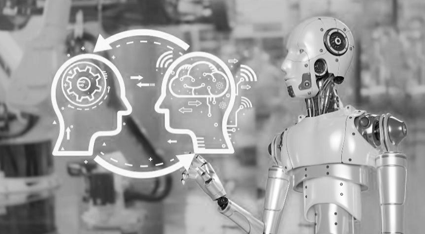Introduction
Though OpenAI’s ChatGPT popularized it, Generative AI is not limited to just ChatGPT.
In today’s world, Generative AI is a beacon of creativity and innovation, pushing the boundaries of what machines can accomplish. From artwork generation to natural language processing, the applications of Generative AI are vast and continue to grow. If you’re keen to delve into the fascinating world of Generative AI, you’re in the right place!
1. Generative AI Best Practices
1.1. Training Data Matters
- Quality over Quantity: Focus on curated, high-quality datasets. A smaller, well-organized dataset often outperforms a larger, messy one.
- Diverse Data: Ensure your data captures a broad spectrum of the scenarios you’re modeling to avoid biases.
1.2. Keep an Eye on the Metrics
- Monitor metrics like the Inception Score or the Frechet Inception Distance to gauge model performance. Remember, though, that no single metric is definitive.
1.3. Regular Model Checkpoints
- Save model weights frequently. Training Generative models can be resource-intensive, and you don’t want to lose hours (or days) of progress!
2. Fundamental Principles of Generative AI Architecture
2.1. Generative vs. Discriminative Models
- Generative Models predict how the data is generated. They can generate new data samples.
- Discriminative Models differentiate between data categories, focusing on the boundary between them.
2.2. Latent Space Exploration
The heart of generative models. It’s a compressed representation of the data, and manipulating this space can yield varied generated outputs.
3. Key Concepts of Generative AI Architecture
3.1. Generative Adversarial Networks (GANs)
- Comprises two networks: a Generator (creates data) and a Discriminator (evaluates data). They compete, leading to improved data generation.
3.2. Variational Autoencoders (VAEs)
- Focuses on encoding an input into a fixed-size representation and then decoding it back. Useful for data reconstruction and generation.
3.3. Transformer Architectures
- Especially dominant in text generation, like the model you’re currently conversing with!
4. Pros and Cons of Generative AI
Pros:
- Diverse Applications: From creating art to generating novel molecules for drug discovery.
- Data Augmentation: Can generate new data samples for training other models.
- Innovative Solutions: Can develop designs and solutions humans might not think of.
Cons:
- Resource-Intensive: Requires substantial computational resources.
- Training Difficulty: Can be unstable and tricky to optimize.
- Ethical Concerns: Potential for misuse in creating deepfakes or generating misleading information.
5. Futuristic View of Generative AI
The potential of Generative AI is enormous. Here’s a peek into the future:
- Hyper-personalization: Imagine products, content, or even fashion tailored to individual preferences using Generative AI.
- Virtual Reality: Fully immersive, AI-generated environments for training, entertainment, or social interaction.
- Collaborative Design: AI and humans work hand-in-hand, each amplifying the creativity of the other.
Conclusion
Generative AI stands at the confluence of art, science, and technology, offering unparalleled opportunities for innovation. By understanding its principles, architecture, and potential, we can harness its power responsibly and to the benefit of all.






